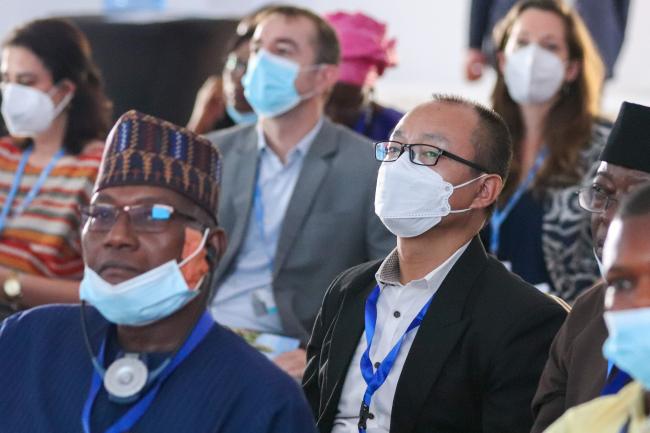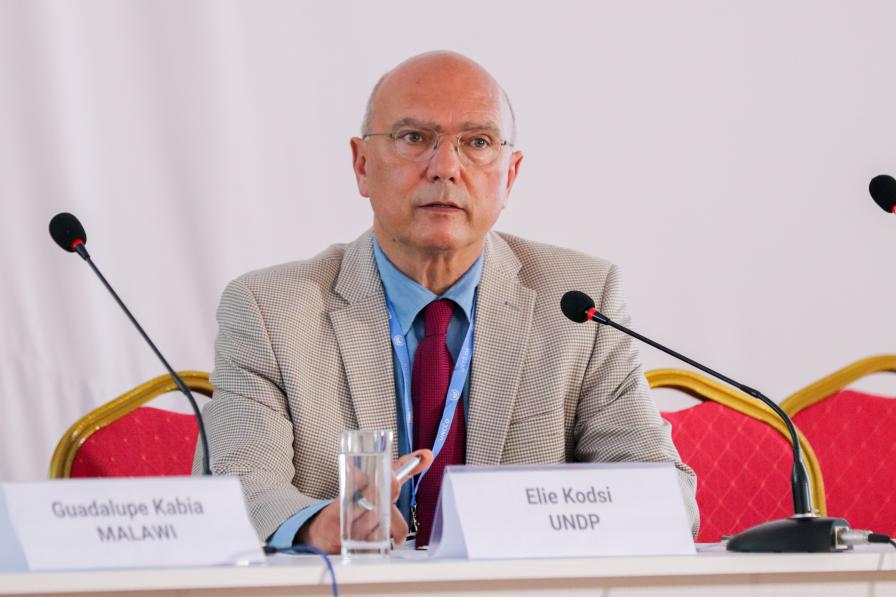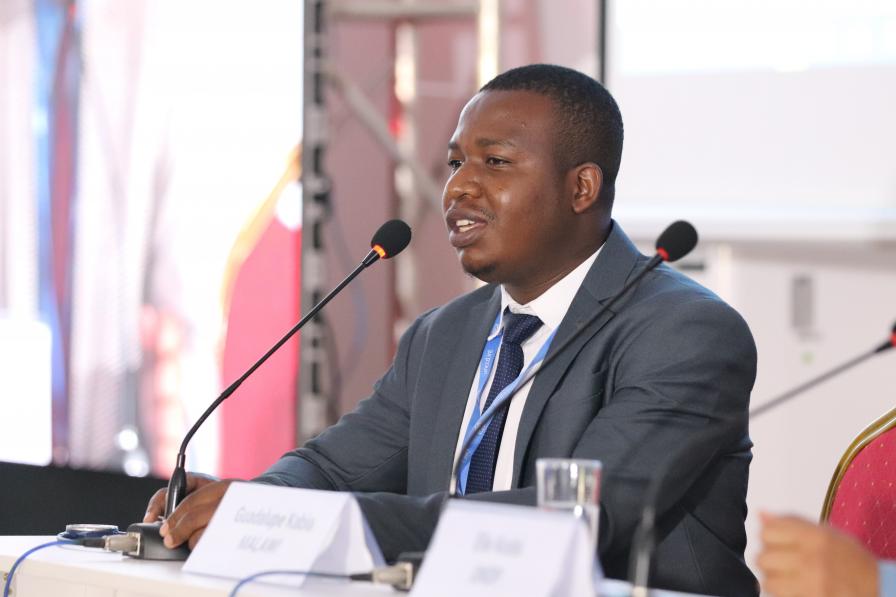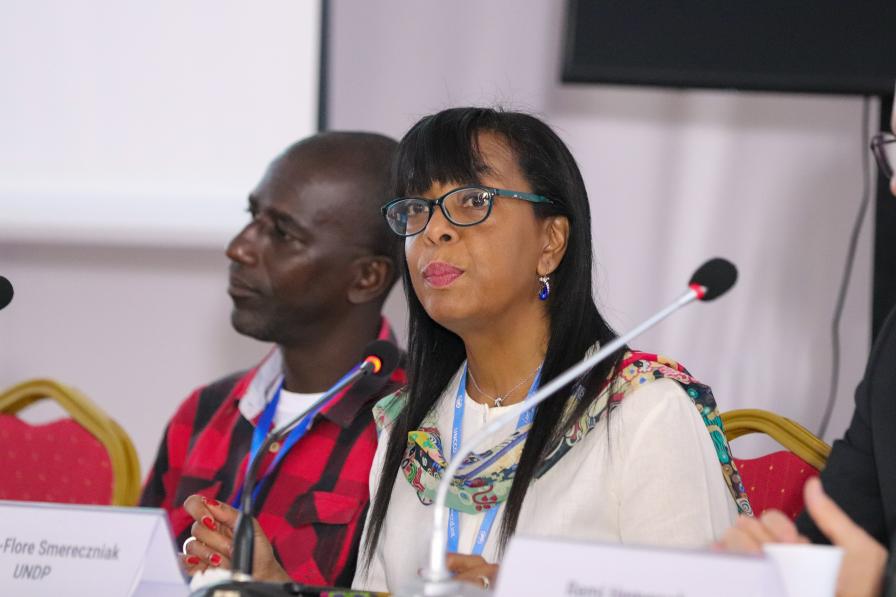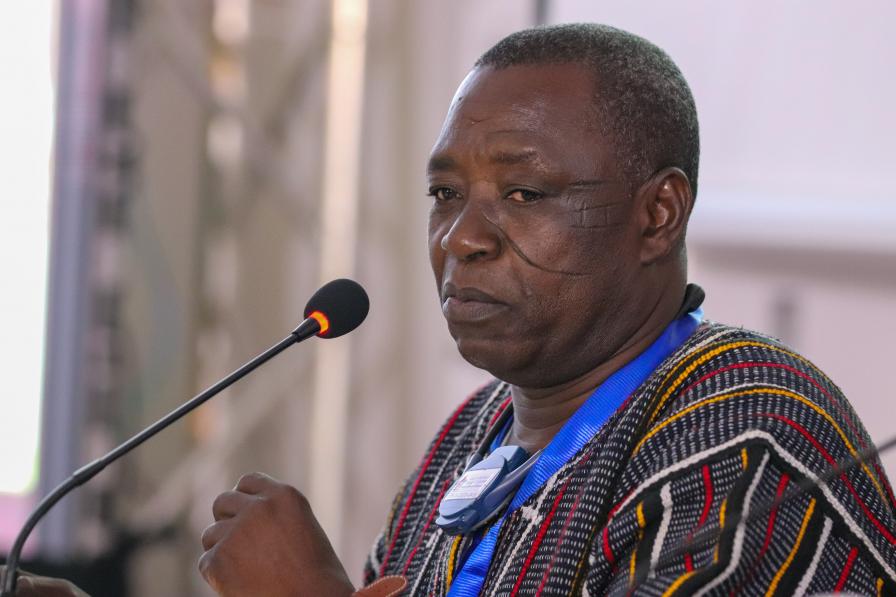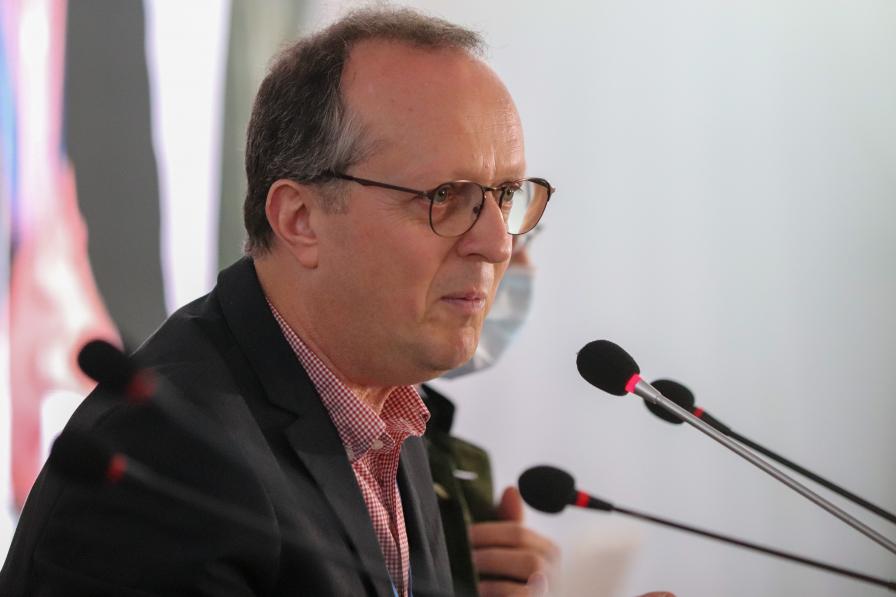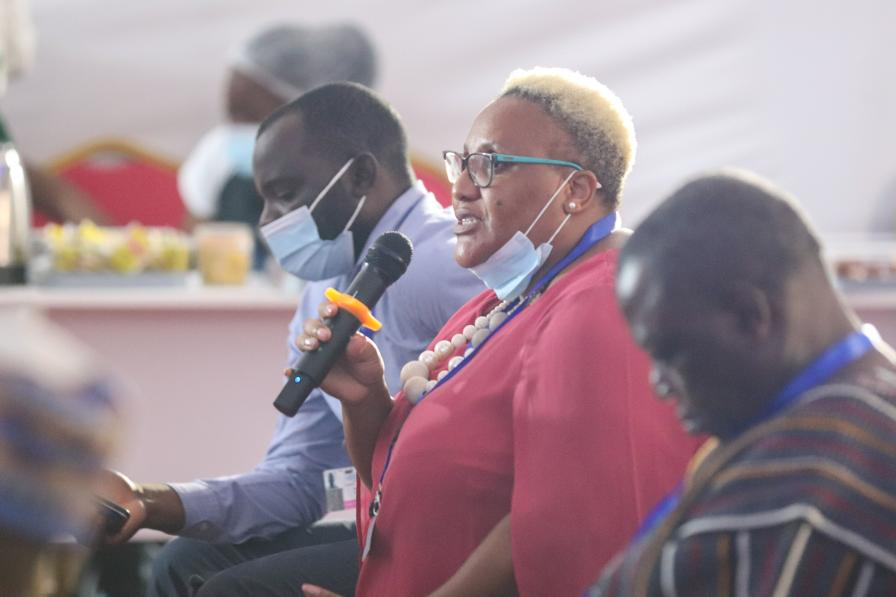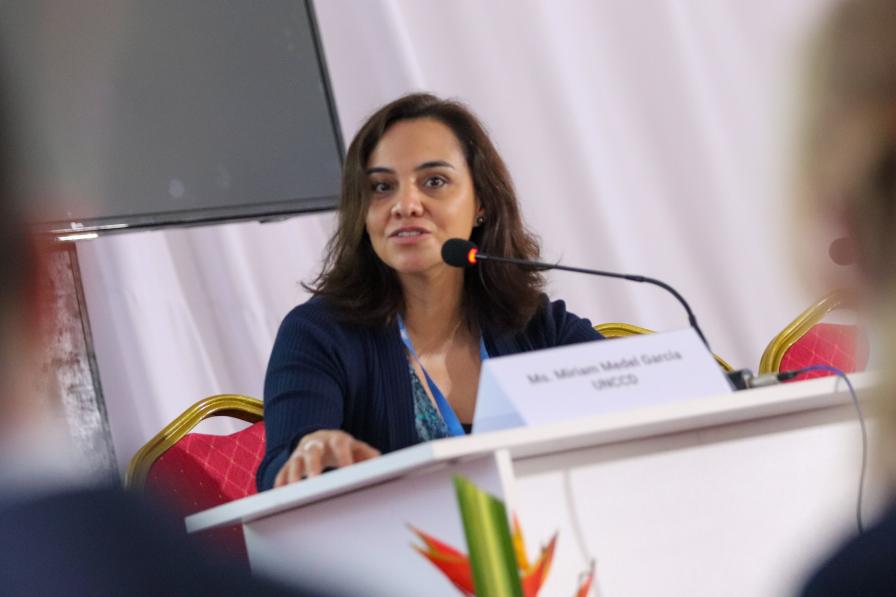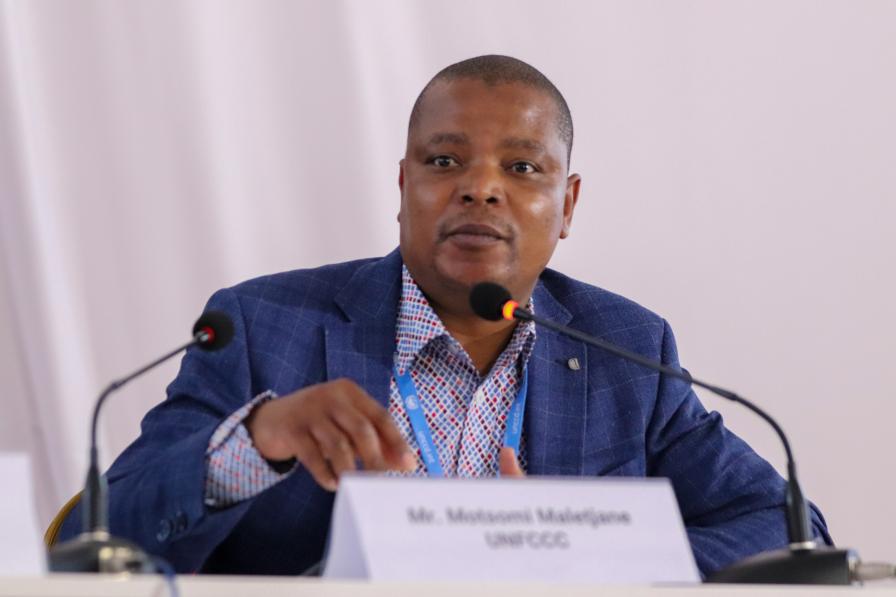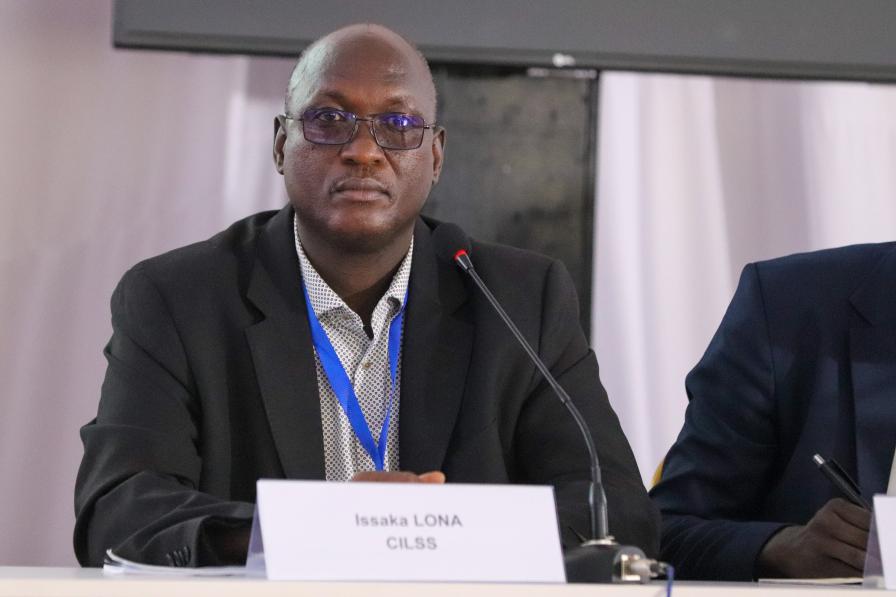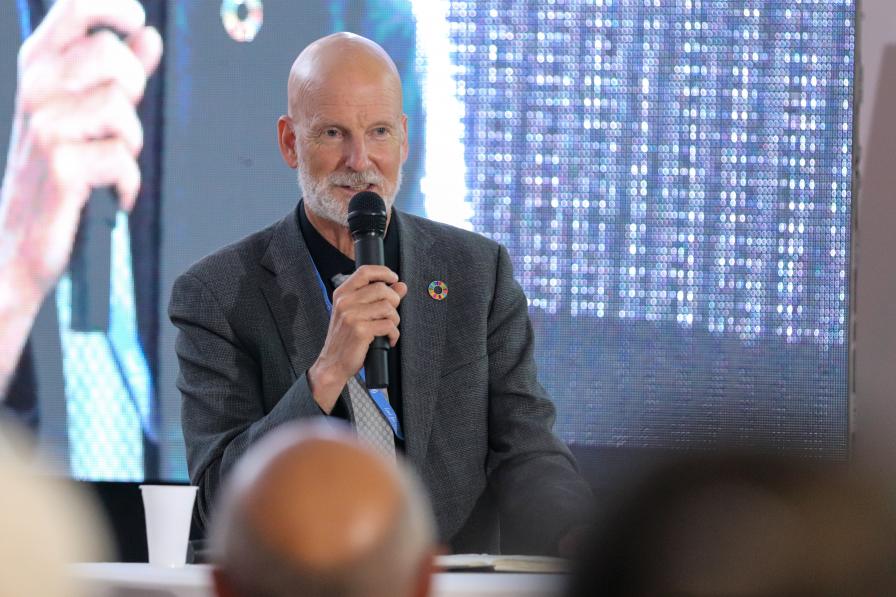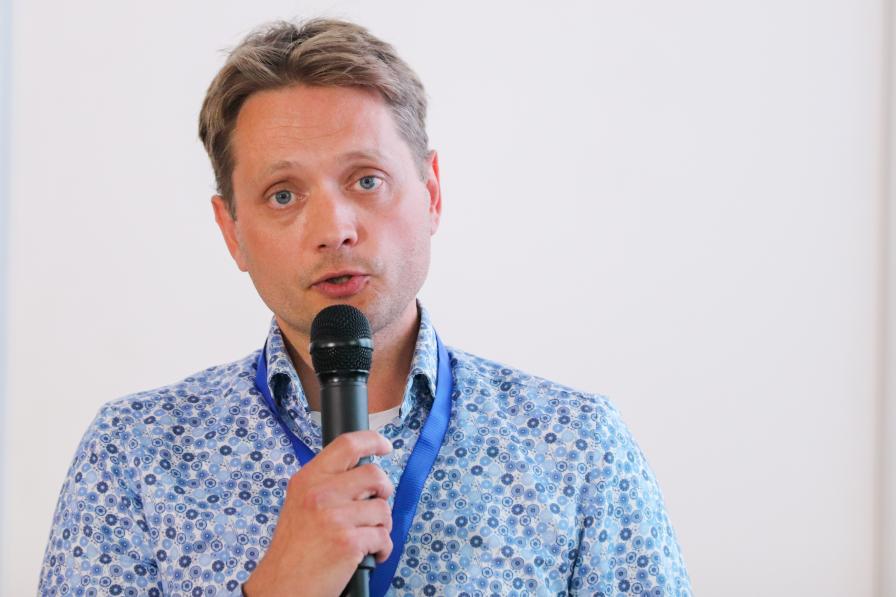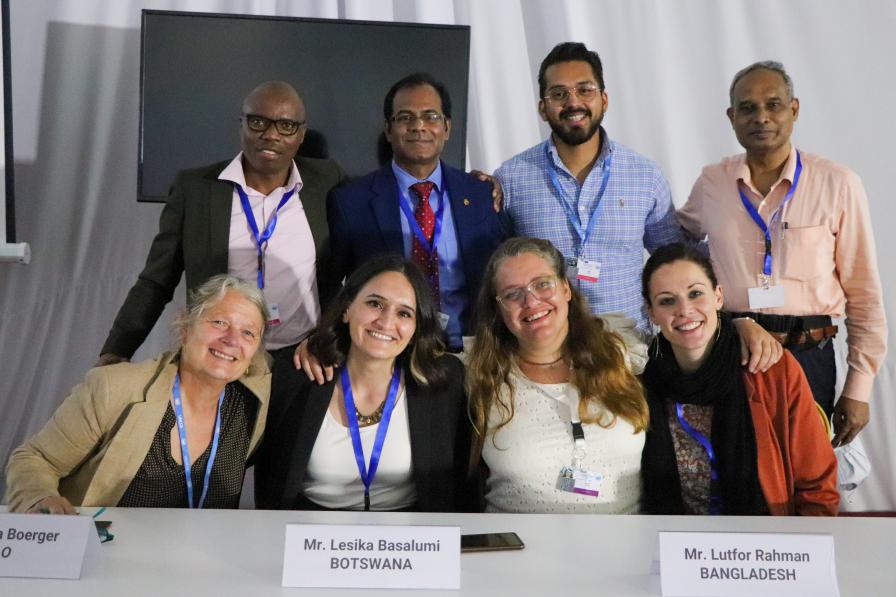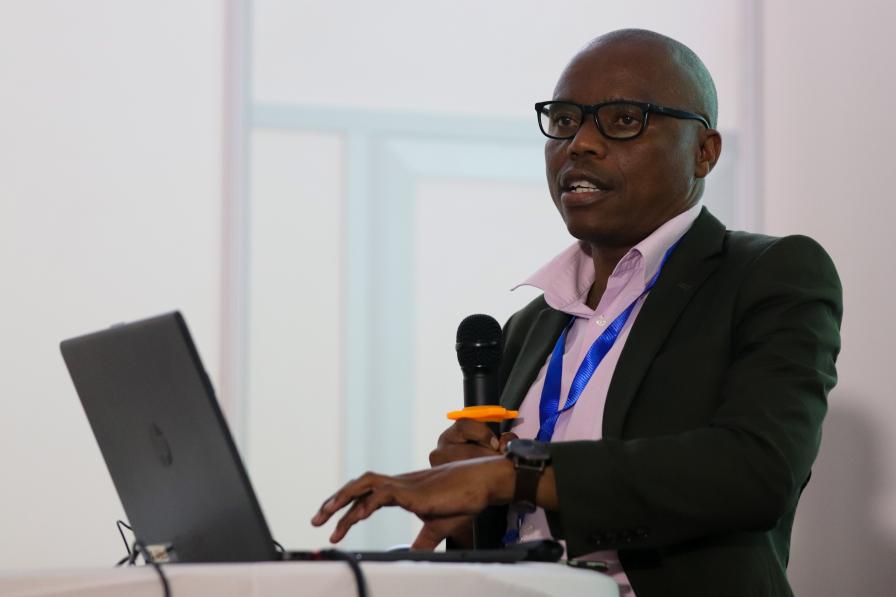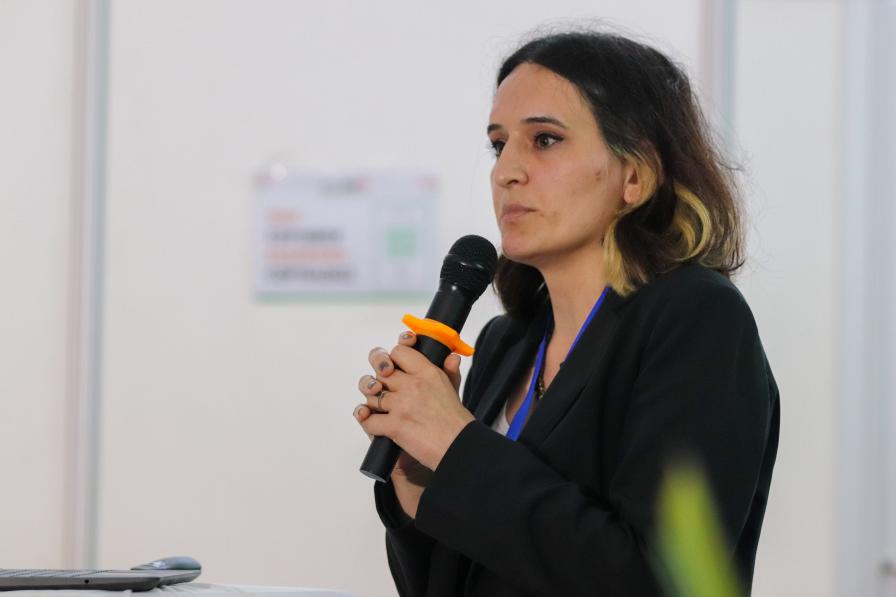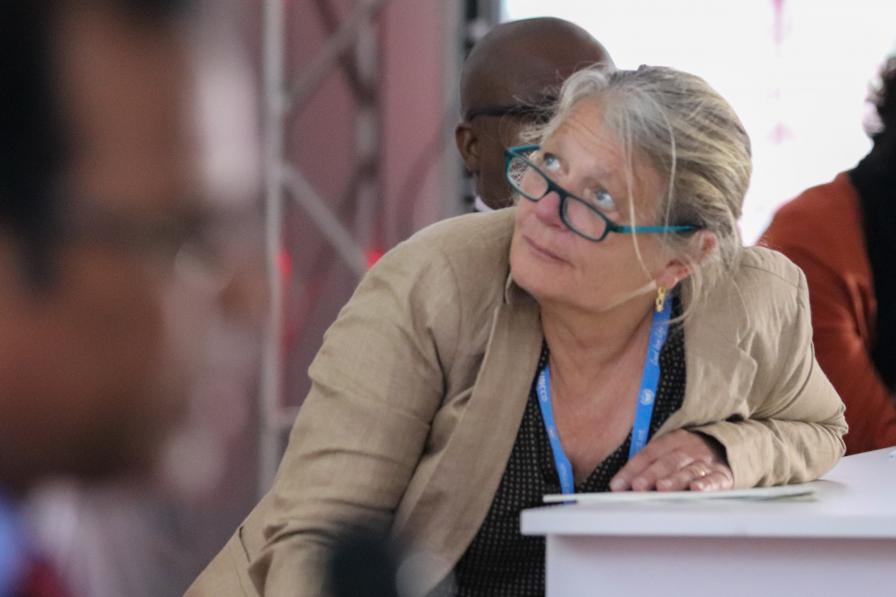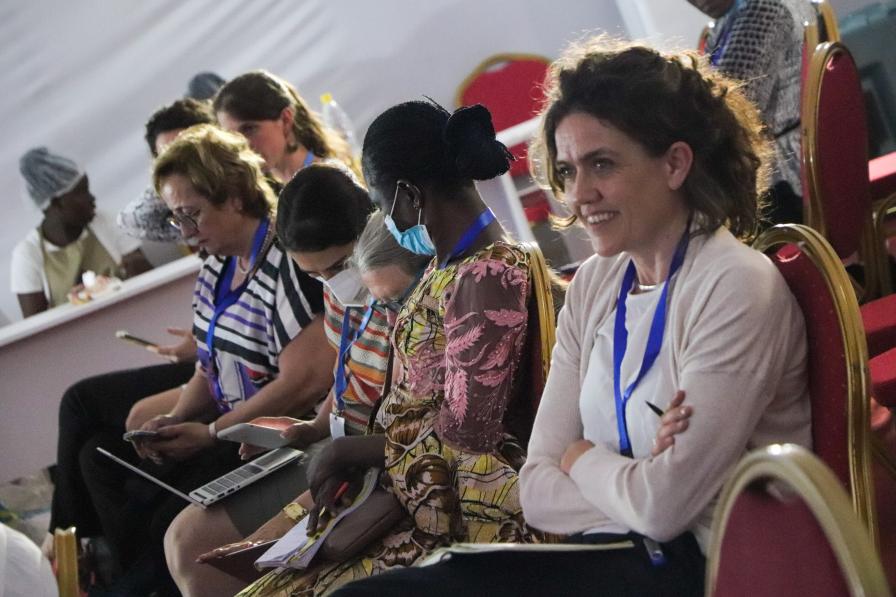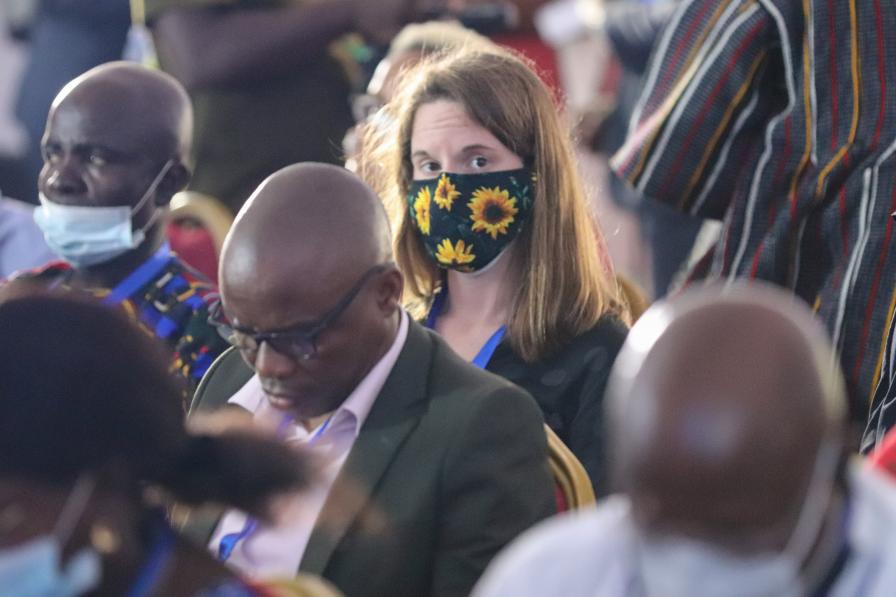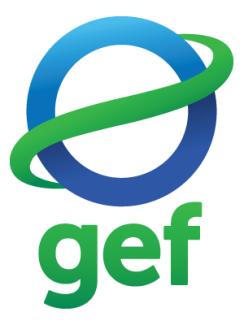With desertification and land degradation affecting around three billion people worldwide, land restoration is a cost-effective way to combat these threats, as well as climate change and biodiversity loss. Healthy and productive land resources – soil, water, and biodiversity – are the foundation of societies and economies, and roughly USD 44 trillion of economic output is reliant on natural capital. While in recent decades, land resources have been subject to persistent degradation and loss due to global patterns of human domination, most countries and communities now recognize the urgent need to transform land governance and restore land-based natural capital to create meaningful jobs, reduce emissions, and restore harmony with nature. However, these activities can only be sustained by government policies and dedicated budgets, shifts in consumer demand and corporate investment, and more inclusive and responsible governance—all of which, together, can and must support regenerative land and water management practices on the ground.
Land Restoration Day at the Rio Conventions Pavilion at the 15th meeting of the Conference of the Parties (COP 15) to the UN Convention to Combat Desertification (UNCCD) sought to delve deeper into some of these issues.
The first session of the day showcased UN Development Programme (UNDP)-supported efforts on SLM and land restoration, introduced the Ecosystem Restoration Promise, and included presentations on: the Malawi Green Corps Initiative; national land restoration efforts in Cameroon; and addressing land degradation and water scarcity in the Aral Sea Region in Kazakhstan.
Another session showcased the Global Environment Facility (GEF) Small Grants Programme (SGP) Portfolio on SLM, which has demonstrated good practices of adaptive, community-based land management that combine Indigenous and local knowledge with modern techniques to address the degradation and destruction of agricultural lands, rangelands, and forest landscapes, while improving capacity to implement integrated natural resource management approaches.
Other sessions addressed:
- ways to strengthen synergies between the Rio Conventions and contribute to the alignment of national soil health and organic carbon (SOC)-related planning processes to save resources and increase action, linking land degradation neutrality (LDN) targets with Nationally Determined Contributions (NDCs) and National Biodiversity Strategies and Action Plans (NBSAPs) through SLM;
- the launch of a new database to contribute to current efforts of developing information on the costs and benefits of SLM, developed by GIZ/ELD (Economics of Land Degradation), the UNCCD, and the World Overview of Conservation Approaches and Technologies (WOCAT);
- the Netherlands Environmental Assessment Agency’s (PBL) assessment of the global potential for land restoration and cost/benefit analysis and scenarios for the Global Land Outlook;
- LDN reporting, target setting, and monitoring through showcasing experiences from Ecuador, Turkey, and Kazakhstan in co-developing and applying a FAO-WOCAT tool for LDN at the national level; and
- community of practice on LDN, including launching the Drylands Sustainable Landscapes Indigenous Peoples Community of Practice, assessing land degradation and SLM in Bangladesh, and land restoration projects in Botswana.
The Rio Conventions Pavilion is taking place from 10-18 May on the sidelines of UNCCD COP 15 in Abidjan, Côte d’Ivoire.
All ENB photos are free to use with attribution. For Rio Convention Pavilion events during UNCCD COP15, please use: Photo by IISD/ENB | Matthew TenBruggencate.
To receive free coverage of global environmental events delivered to your inbox, subscribe to the ENB Update newsletter.

